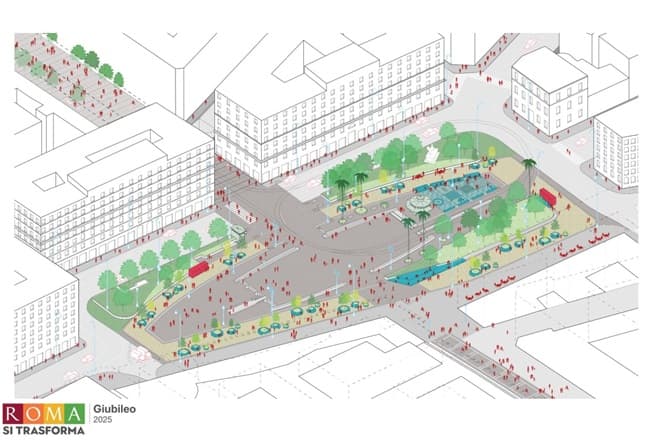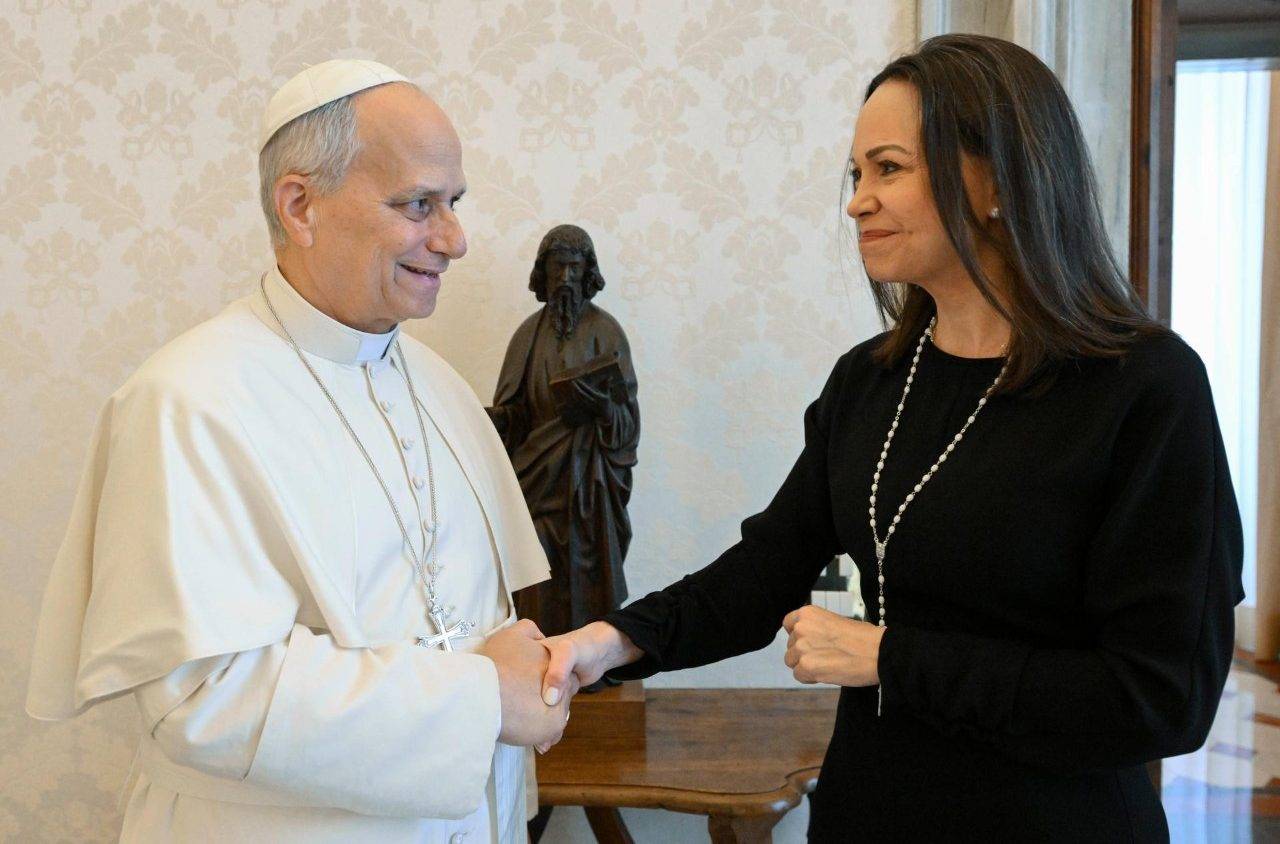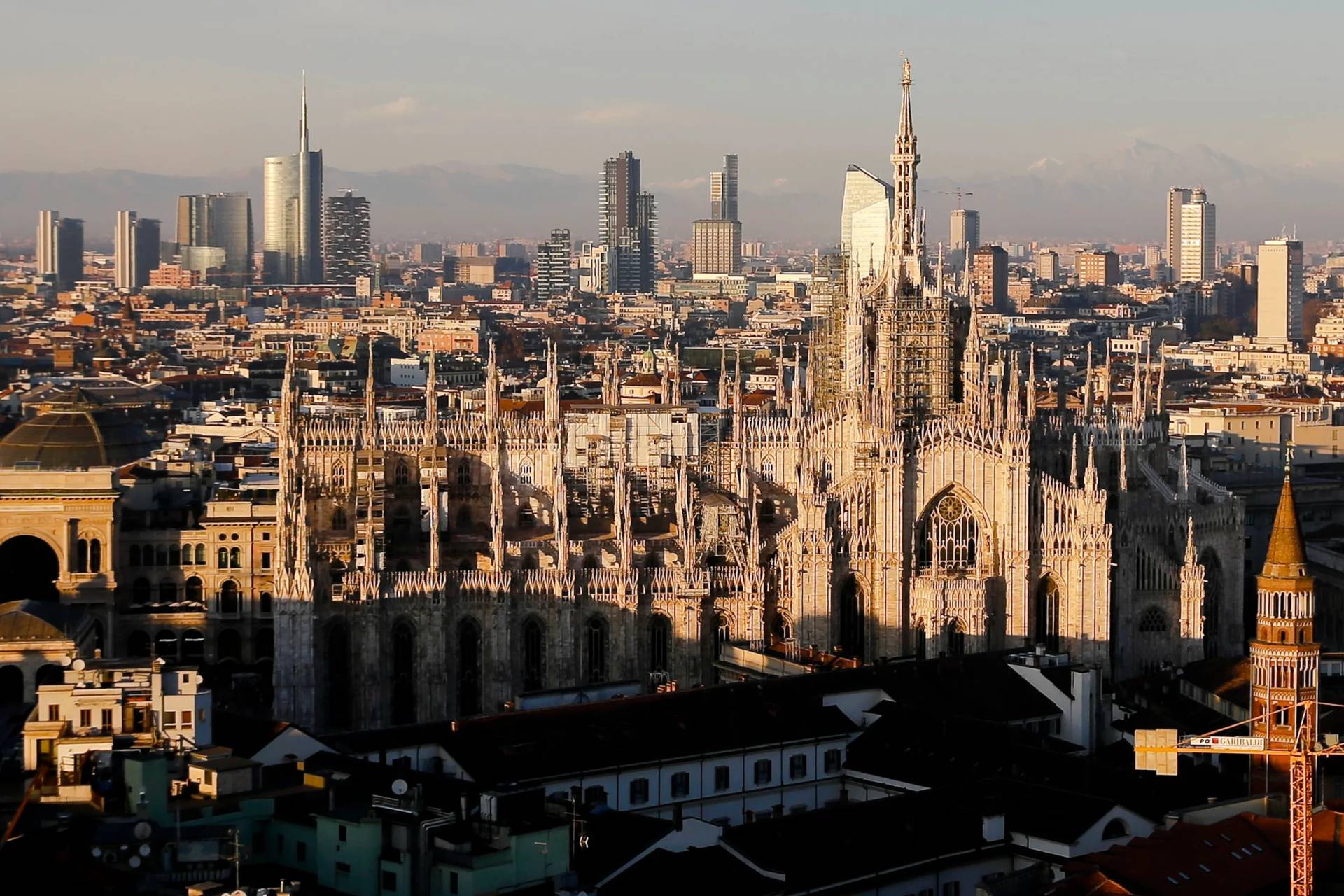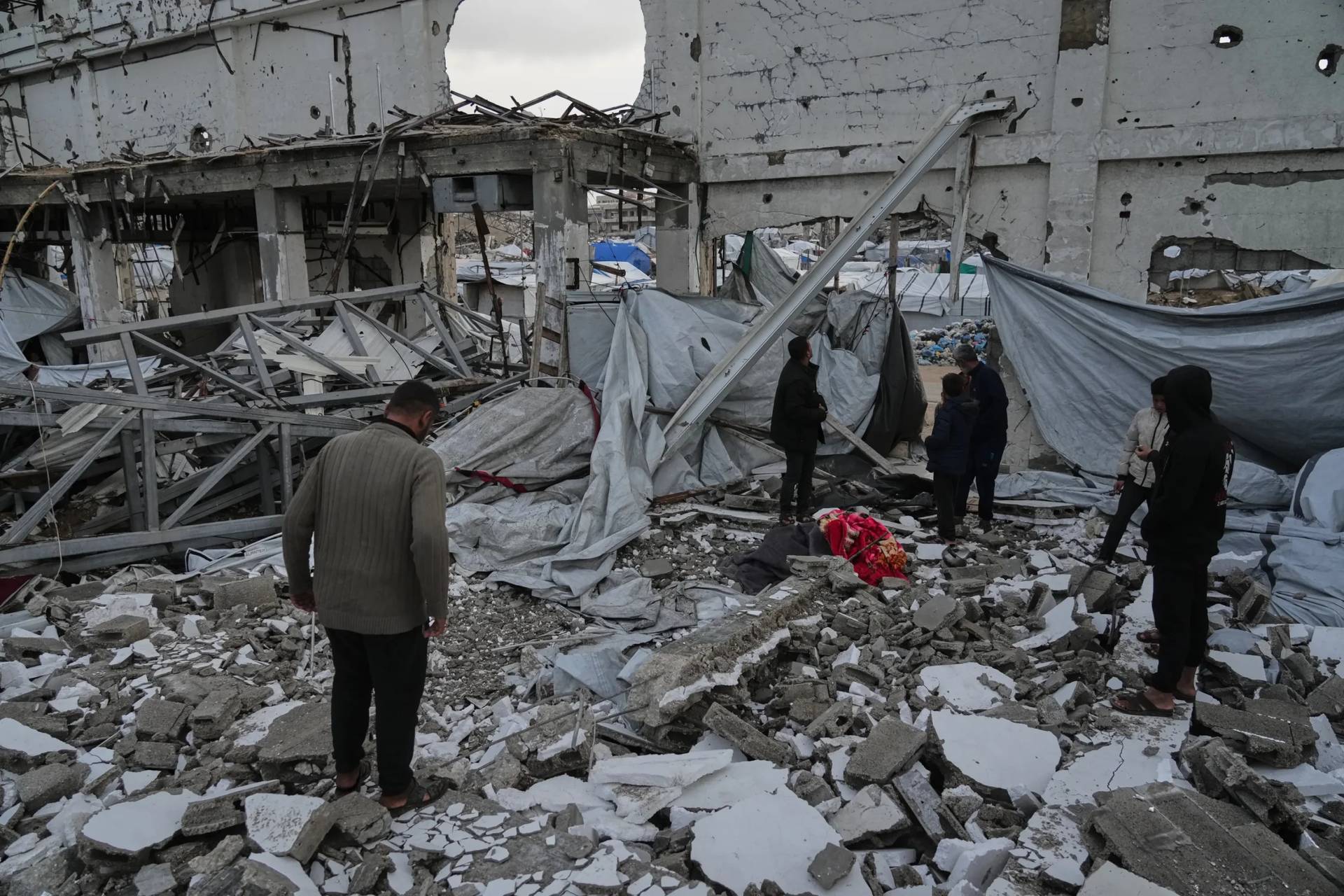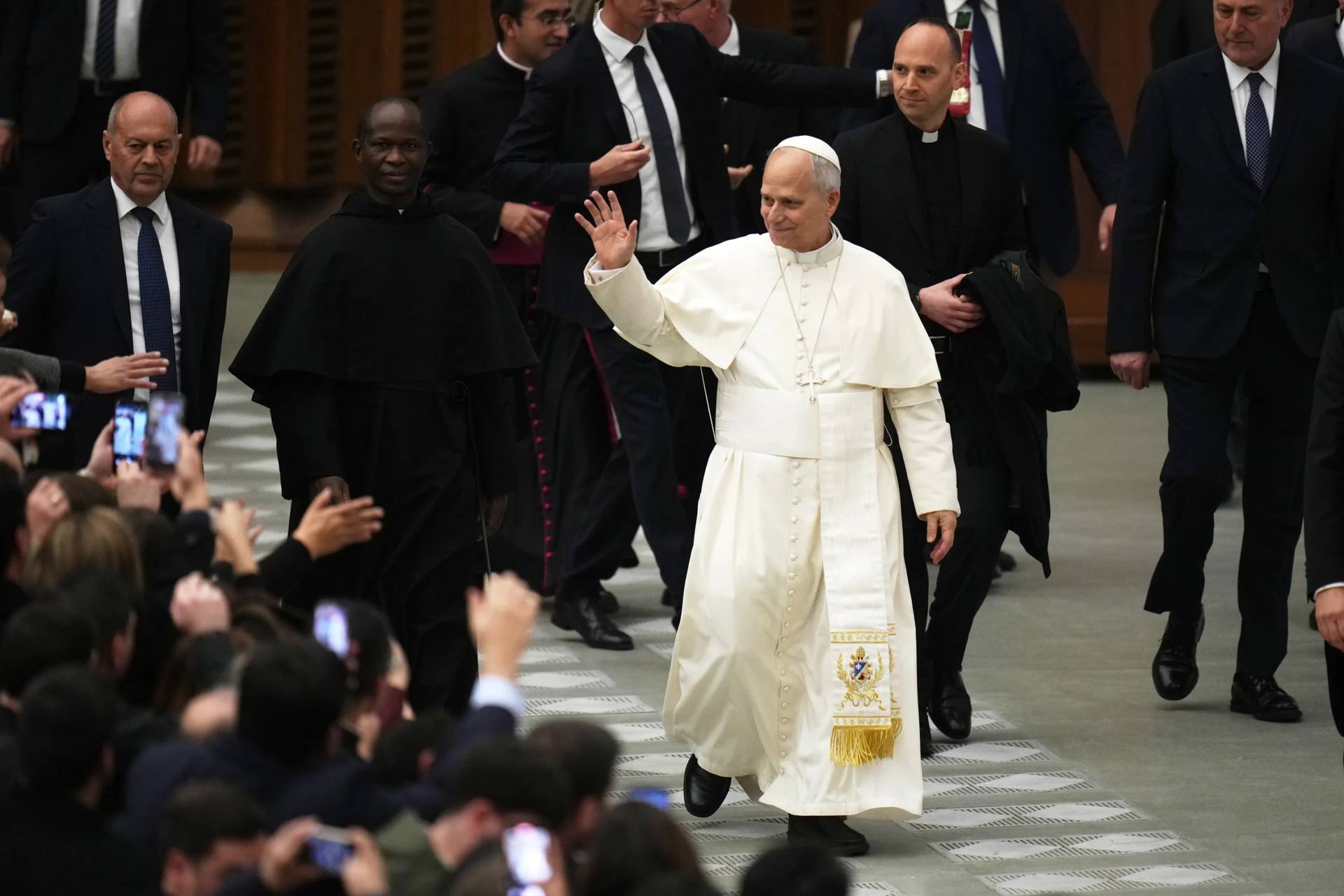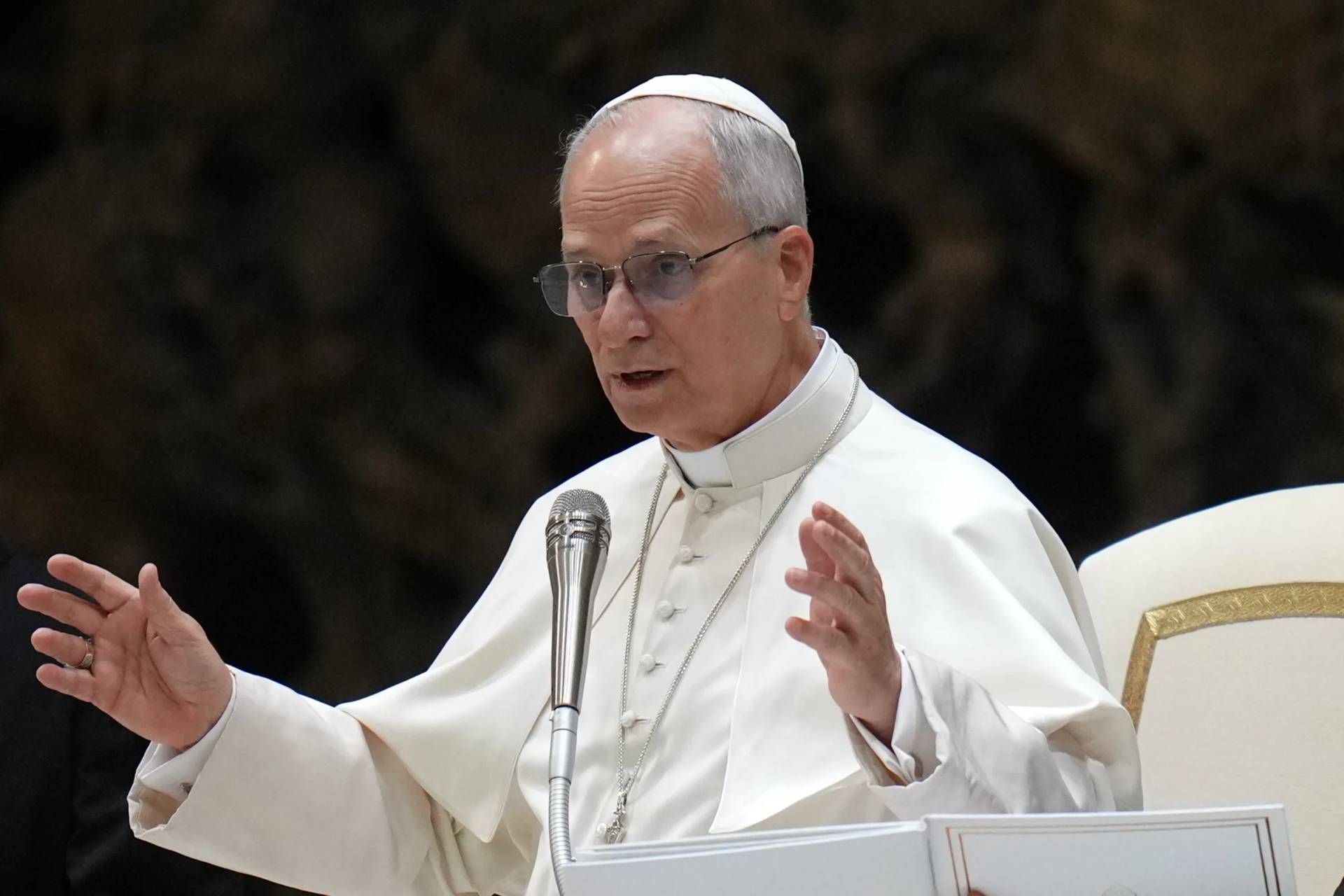ROME – With less than 90 days to go before the formal launch of the 2025 jubilee year with the opening of the Holy Door at St. Peter’s Basilica, the Vatican official in charge of organizing the jubilee has raised questions about Rome’s readiness.
Archbishop Rino Fisichella, pro-prefect of the Vatican’s Dicastery for Evangelization, said the concerns are pertinent not only for next year, but for another jubilee in eight years, in 2033, to mark the 2000th anniversary of the death and resurrection of Christ.
During a Tuesday session to Rome’s University of International Studies titled “Jubilee and Mobility: Sustainable Welcome in the City of Rome,” a city official vowed that all the public works planned for the jubilee will be complete before it begins.
That assurance, however, was met with a degree of skepticism from Fisichella, who offered the example of upgrades planned for the Piazza Risorgimento, a large square near one of the principal entrances to the Vatican.
“At the moment, traffic has changed but one doesn’t see any workers on the job, and that’s not just a little worrying,” Fisichella said. “Obviously, the projects closest to the zone of the Vatican are the most urgent.”
According to plans announced earlier in the year by the city, the streets in the Piazza Risorgimento were to be adjusted in order to facilitate the flow of cars, sidewalks were to be widened to accommodate higher levels of pedestrian traffic, and more green spaces were to be created to provide shade and cooling during hot summer months.
Improvements were also to be made to pedestrian crossings, including the installation of new safety measures for visitors with disabilities.
Fisichella also pointed to a lack of progress on promised works at the Basilica of St. John Lateran, which call for an expanded outside space with a large reflecting pool and new green spaces, paved with traditional Roman stones and designed to reduce heat and to create a zone for tourists and pilgrims to gather.
On another front, Fisichella also suggested that the city needs to tighten controls over the profusion of rental scooters, which have become ubiquitous on Roman streets and which are often abandoned on sidewalks after use, creating obstacles for pedestrian traffic.
“What would happen if the intense influxes of pilgrims, facing impassable sidewalks, decide instead to walk all together in the middle of the street?” he asked.
In a similar vein, Fisichella proposed that new restrictions might need to be imposed on the profusion of outdoor tables and serving stations at Roman restaurants and bars, which also sometimes have the effect of obstructing sidewalks.
“Our invitation to the competent authorities is to favor the pilgrims,” he said. “Rome is made to be lived on foot.”
In response, Eugenio Patanè, Rome’s top official for mobility, promised to work together to try to resolve the problems noted by Fisichella. Among other things, Patanè said the city is working hard to reach an agreement with rental scooter companies to create new parking areas near the Vatican.
At the same time, he said, the city is also encouraging traffic police to be more vigilant, and is also promoting the creation of new apps to help users find appropriate parking spaces.
All in, the city of Rome in 2023 announced plans for more than 100 urban renewal projects in view of the jubilee year, at a total cost estimated at the time of roughly $1.9 billion.
